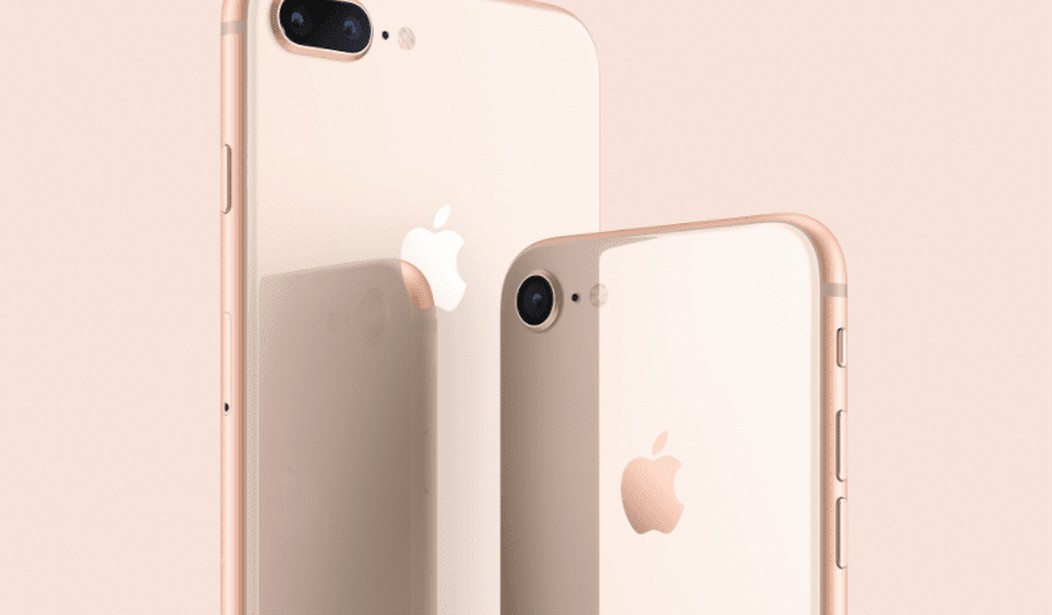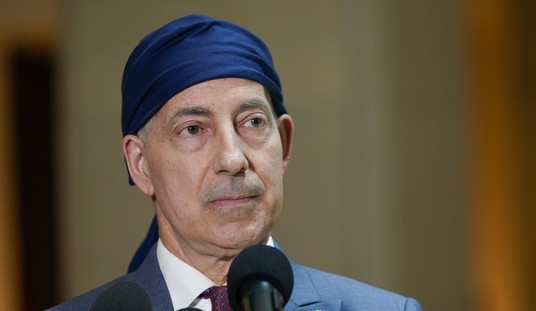Now that Apple has unveiled their new line of iPhones, it’s becoming clear that the only real significant difference between Android and iPhones are their cost, with iPhones costing 20-30 percent* more. You could argue that their user interfaces are different, but even those differences have diminished as the Android iOS has matured. You use them much the same way: find the app and touch to open. Then the experience is the same. Yes, they organize settings and the apps a little differently, but that’s very minor.
Apple’s new iPhone lineup brings them even closer to their Android counterparts. In fact, Apple’s top model, the iPhone X, is almost a clone of the Samsung S8. They’re the same size, each has a similar edge-to-edge OLED display, they both have a 2-lens rear camera, and neither has a home button.
If you listen carefully to how Apple CEO Tim Cook described the new iPhones, you’d think their features were unique to Apple and were Apple inventions. You heard how they now offer wireless charging, but that’s been available for Android phones for half a decade, and Apple’s version charges slower than some Android phones.
You heard how Apple increased the speed of their processors to be the fastest ever, but seriously, has a new processor ever run slower than its predecessor? You heard how Apple finally decided that OLED display technology was good enough to be used on an iPhone, but it’s a Samsung display that’s been used for years on their phones.
Apple did a great job at painting their phone world — in which they dominate, at least profit-wise — with few hard facts, but plenty of superlatives. They have the fastest this and the best that, but note how few specifics they provide.
As noted at Fast Company:
- “the most durable ever [glass] in a smartphone,” said Phil Schiller, the senior vice president of worldwide marketing
- a processor that represents “a breakthrough performance in a mobile device.” It’s “the most powerful and smartest chip ever in a smartphone.”
- “For the first time, to help reduce noise, it has hardware-enabled multi-band noise reduction,” said Phil Schiller. And it has the “highest quality video capture ever in a smartphone.”
- The surface of the iPhone X is made of “surgical grade stainless steel,” Eddy Cue said, and “there’s never been anything like it.”
- The screen has the “highest resolution in pixel density ever in an iPhone” on the “first OLED display great enough to be in an iPhone,” with an “incredible a million-to-one contrast ratio” and “the best color accuracy.”
With all these superlatives, Apple is careful to avoid specifics. When it comes to battery life, Apple says the 8 and 8 Plus are “similar” to the 7 series. Dig down a little further and you’ll learn that the batteries are 7 percent smaller. And usually faster processors consume more power. So, Apple has ignored the one of the most requested features since the iPhone 6, — a longer battery life.
Now every company toots its own horn and no one does it better than Apple. And they do make superb products. But it’s important to look past these claims and understand what’s real and what’s not in order to make intelligent choices. I have little patience for deception and spin.
And I should know. While I still use Apple products, I had always been one of the first to get in line to buy the latest model when it first came out. That was when there were real improvements from year to year. Now that the improvements have diminished, Apple’s business model continues to rely on their customers updating their phones on a regular basis. And Apple tries hard to give them reasons, even when they’re insignificant. But many of us have decided we do longer need to upgrade, particularly when the huge cost gets us so little more.
My advice is not to rush out to buy a phone, particularly an iPhone, until some of the reviews are out and we know more. Will the battery last longer? How much better is the camera? And how well will the Face ID work on the X? We’ll know a lot more than we learned from Apple.
But if you’re still tempted, read the Procrastinator’s Guide to the New iPhones, including this excerpt,
There are two things you need to know about these phones: They have wireless charging, and the back of the phone is made of glass, so you can once again shatter the back of your phone when you drop it. Otherwise, this is basically the same phone as last year which was the same phone as the year before…as the year before.
————-
*Price comparison example between top iPhone and Android models from Verizon:
Samsung S8 64GB: $756
Apple iPhone X: $1004








Join the conversation as a VIP Member